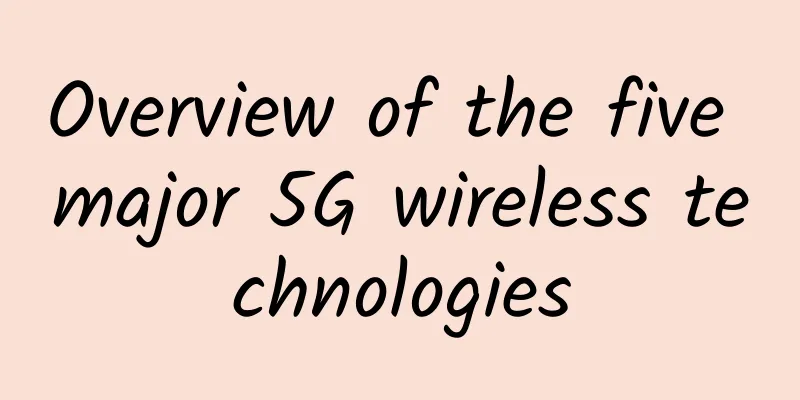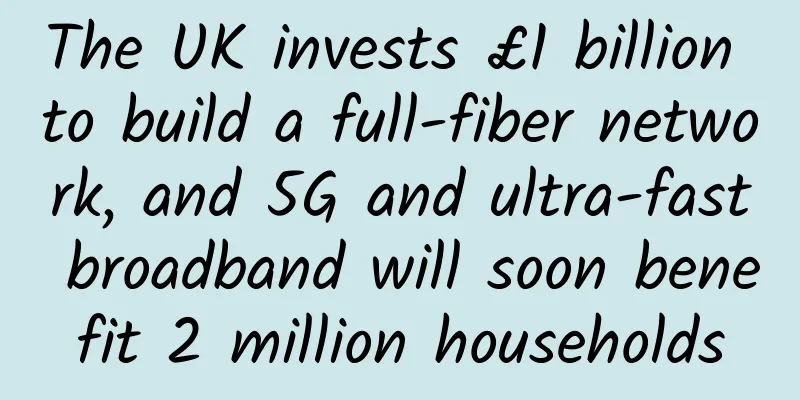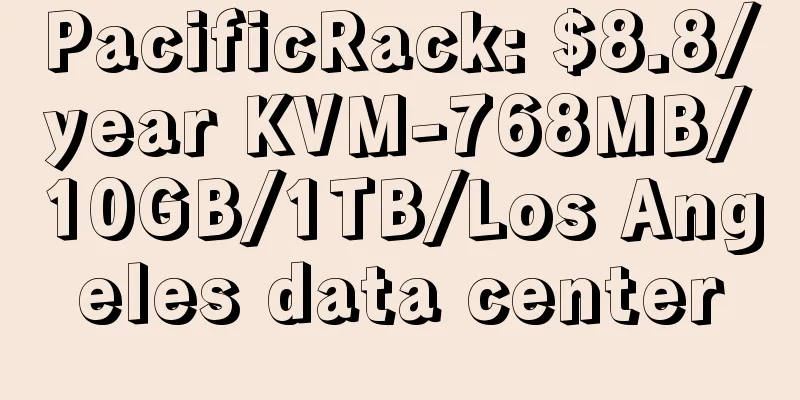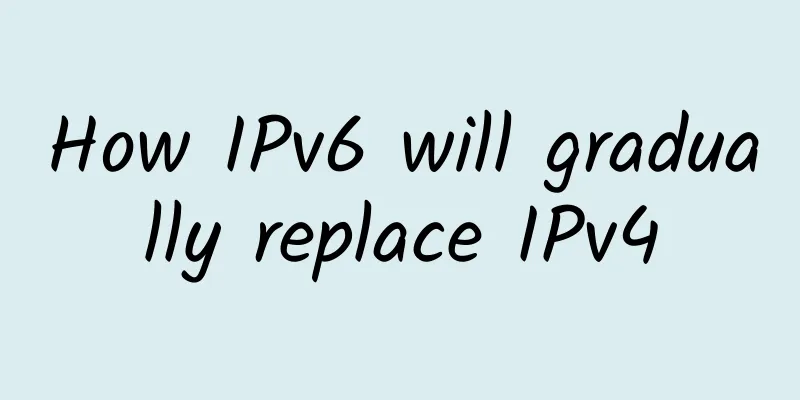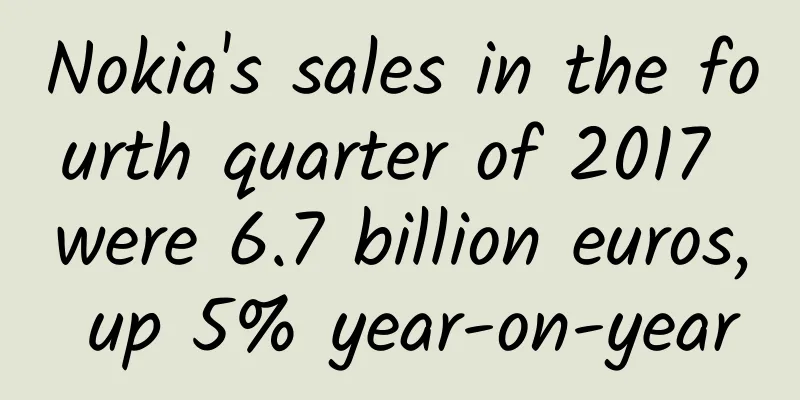The future of 5G and IoT in smart cities
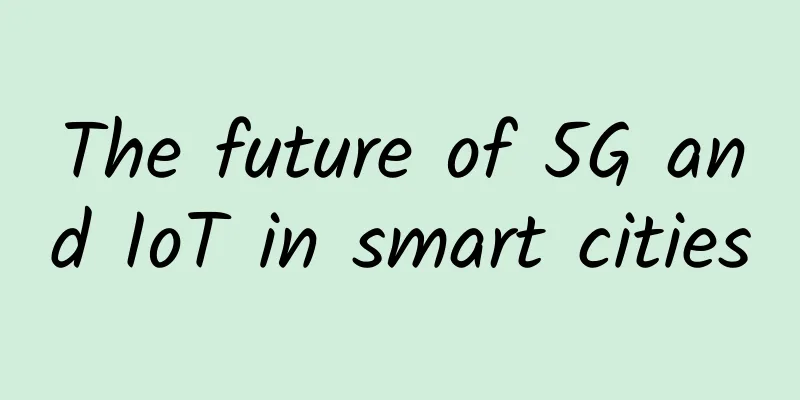
|
Simply put, a "smart city" leverages emerging technologies such as 5G and the Internet of Things to create and deliver connected solutions for the well-being of communities. While innovations in 5G technology alone will not lead to the development of smart cities, the new 5G infrastructure greatly expands the opportunities for cities to leverage smart devices, sensors, and data to improve operations and functionality. Thanks to 5G, the latest wireless technology, everything from smart sensors to self-driving cars can now communicate at incredible speeds, with low latency, and without being tethered to Ethernet cables, making systems and resources more efficient.
So, why is 5G technology so important to the development of smart cities?
Internet of ThingsAs 5G technology develops, the Internet of Things (IoT) is a key aspect of achieving a true, fully operational smart city. Simply put, the IoT is a network of connected devices that are able to communicate and exchange data - this can be anything from a connected car to a street light sensor. IoT technology provides businesses, cities and individuals with the ability to monitor, manage and control these connected devices, while also collecting real-time data, analysis and insights. Some IoT applications in smart cities include:
Integration of Smart Buildings and Smart CitiesAs the Internet of Things becomes more prevalent, smart buildings are becoming a bigger and bigger component of smart cities. While building owners and managers are always looking for new and better ways to reduce costs and improve energy efficiency, recent technological advancements have made traditional building management systems (BMS) obsolete. Why? Not only do wire-driven networks in buildings quickly reach their data limits, they also lead to higher costs and more complexity. Today, smart buildings can leverage wireless technology, IoT devices, building automation, and data analytics to evaluate and monitor processes while also operating more cost-effectively and efficiently. Through IoT sensors, automation and remote management, building owners and managers can deploy a variety of devices throughout their facilities to gain real-time data and insights into building management and functionality, giving them unparalleled visibility into their building’s operations. Specific to energy efficiency, facility owners and managers can now see exactly how and where energy is being used throughout the building. In addition to energy efficiency, wireless IoT sensors can monitor facility health and air quality. As people begin to return to offices, monitoring facility health and air quality is extremely important. In this regard, IoT sensors ensure that building managers and businesses maintain a healthy work environment through advanced systems. Finally, in terms of data, managing IoT security at scale is critical. To ensure that IoT devices and networks remain secure and operational, asset management is essential as it provides regular and necessary IoT security assessments. SummarizeBoth 5G and IoT are key components in transforming the way cities connect and operate. With the unlimited potential of IoT and the incredibly fast speeds and low latency of 5G, these technologies unlock critical infrastructure for the connected communities of the future. Thanks to the rollout and adoption of 5G and IoT, the smart cities of the future will be smarter than ever before, providing endless opportunities for communities to harness the power of edge computing, data, and machine-to-machine technologies. |
<<: Network optimization through automation and modernization
>>: Managing a growing API portfolio
Recommend
Overview of the five major 5G wireless technologies
Two of the five most important wireless technolog...
How will 6G change the workplace?
The next generation of connectivity is coming, pr...
Internet medical care is emerging. Should HIS be "repaired" or "completely reconstructed"?
During the COVID-19 outbreak, Internet medical se...
Huawei launches Global Industry Vision 2025: Uncovering the industrial landscape of the intelligent world
Huawei recently released its Global Industry Visi...
Four trends will occur in the telecommunications industry in 2023
Greater emphasis on data Telecommunications busin...
Data roaming is cancelled. China Mobile, China Unicom and China Telecom, the three major operators, said that international roaming fees will continue to be reduced.
Starting from July 1, the three major operators o...
Interpreting the four major reasons why my country is comprehensively promoting the implementation of IPv6!
In November 2017, the General Office of the CPC C...
DogYun newly launched Korean independent server, E5/SSD+NVMe 300 yuan/month after discount, automatic listing
DogYun (Chinese name: 狗云) has launched a new batc...
Weekend news! Under the US ban, Huawei has won over another major European country and become a core 5G supplier!
Because of 5G technology, the United States has s...
IOFLOOD: $59/month-E3 1230v2, 32GB memory, 2x8TB hard disk, 20TB/1Gbps, Phoenix data center
I checked and found that the last time I shared i...
In 2020, China accounted for more than 85% of the world's 5G connections
The 2020 China 5G Terminal Global Innovation Summ...
There have been three waves of "network withdrawal" around the world. When will domestic operators complete the withdrawal of 2/3G networks?
Recently, Ericsson released the ten-year special ...
5G will be fully rolled out in 2020. Are 5G network and 5G frequency band the same thing?
After the 5G trial commercialization in 2018 and ...
With the advent of 5G, will the future of commercial Wi-Fi be a setback or a step forward?
Entering the Internet age, the Internet allows pe...
SDN plays an important role in 5G networks
In many ways, 4G networks are already falling beh...

